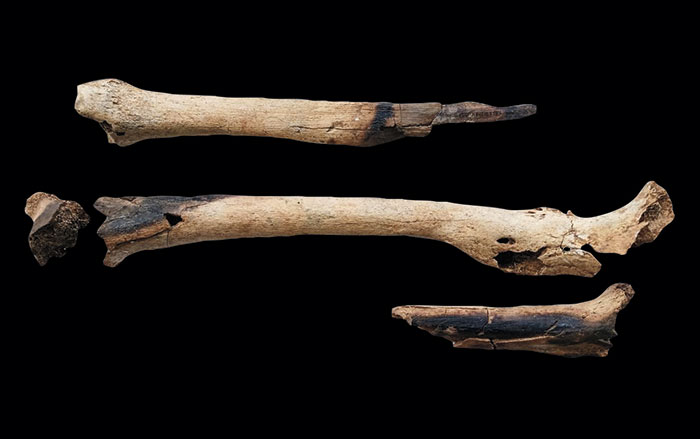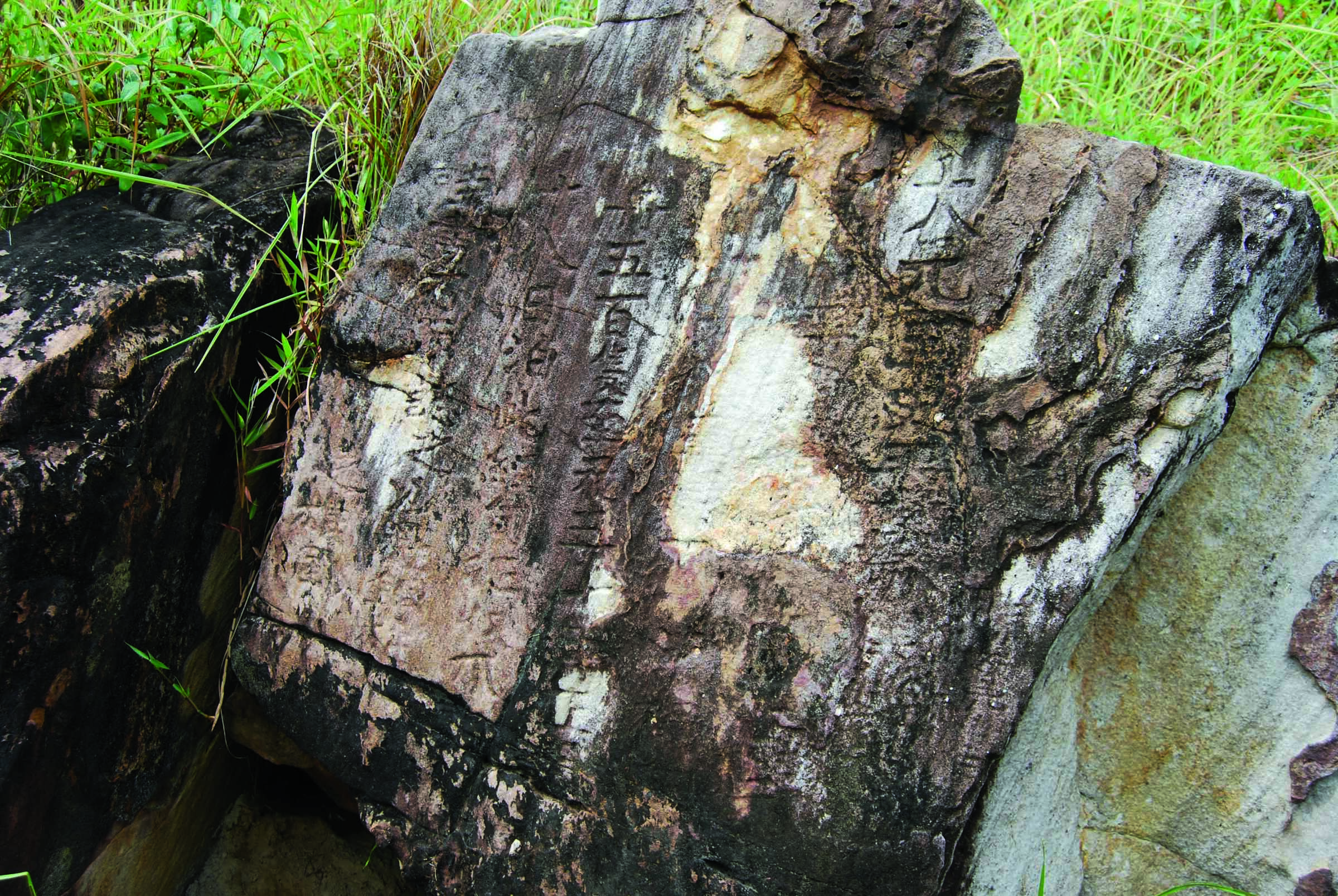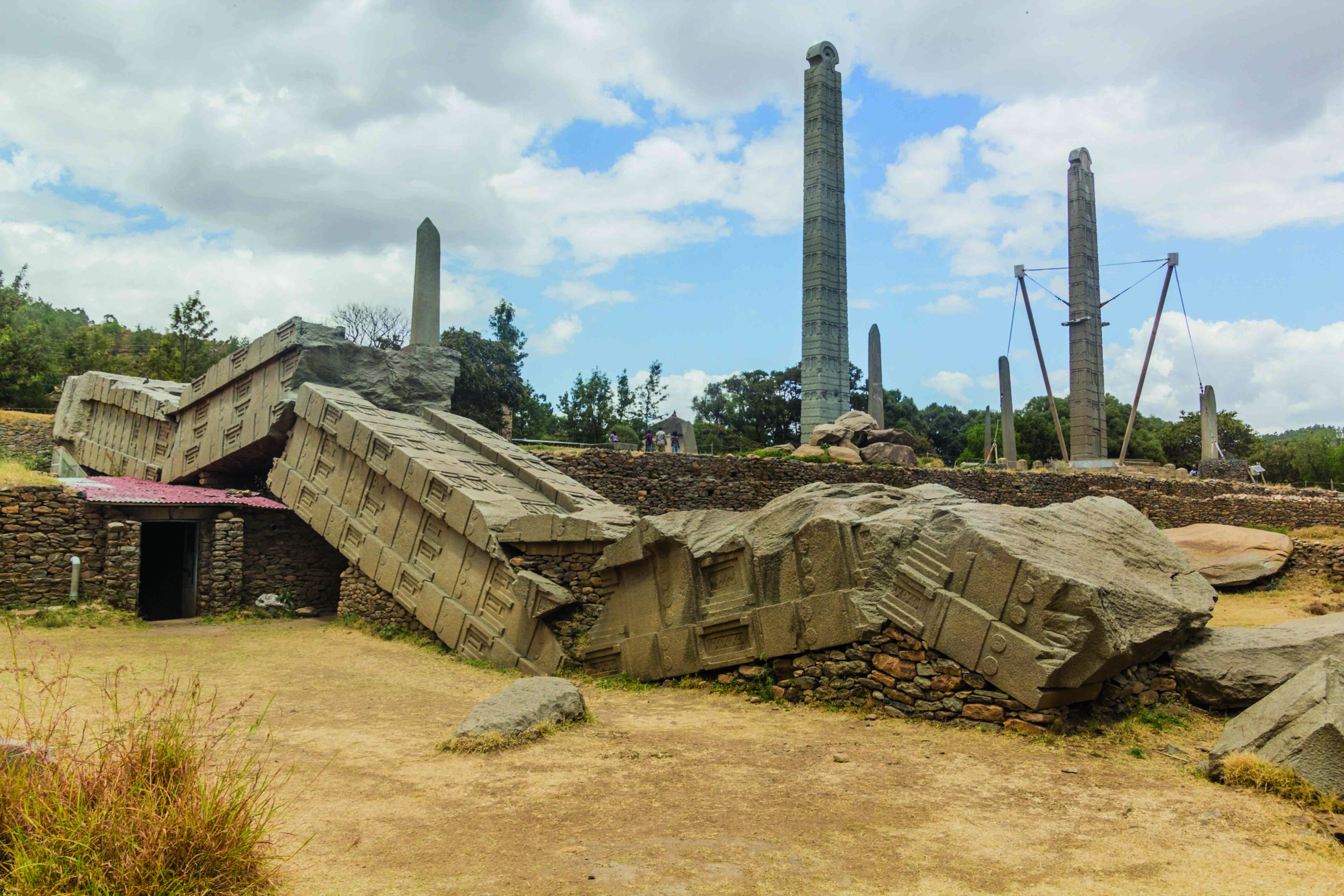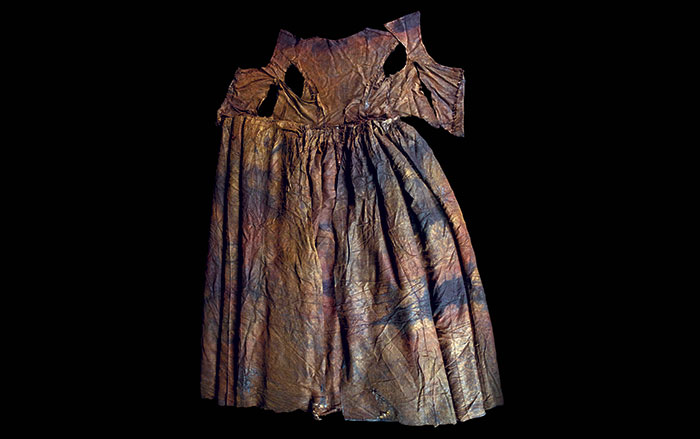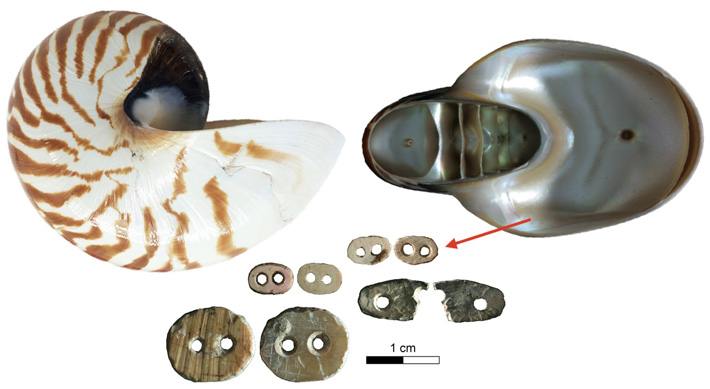
SOUTH EAST QUEENSLAND, AUSTRALIA—According to a statement released by Griffith University, Sue O’Connor of Australian National University and Michelle Langley of Griffith University conducted a microscopic examination of 12,000-year-old Nautilus shell beads recovered from Makpan Cave, which is located on the Indonesian island of Alor, and then compared them with beads discovered on the islands of Timor and Kisar. Similarities in the beads across the islands, such as their reflective qualities and consistent production methods, suggests that the people shared ornament traditions. “The time and skill required to create the tiny shiny beads in the numbers found archaeologically must have been extensive, suggesting that the beads were an important part of the Makpan community’s repertoire of adornment,” Langley explained. Additionally, shell fishhooks and obsidian artifacts from these island sites have been found to be similar to each other, indicating that it is likely that the communities shared a distinctive culture. DNA studies have also shown that the peoples on these islands were related to each other. Read the original scholarly article about this research in Antiquity. For more on the uses of ancient Indonesian sea shells, go to "Old Woman and the Sea."


